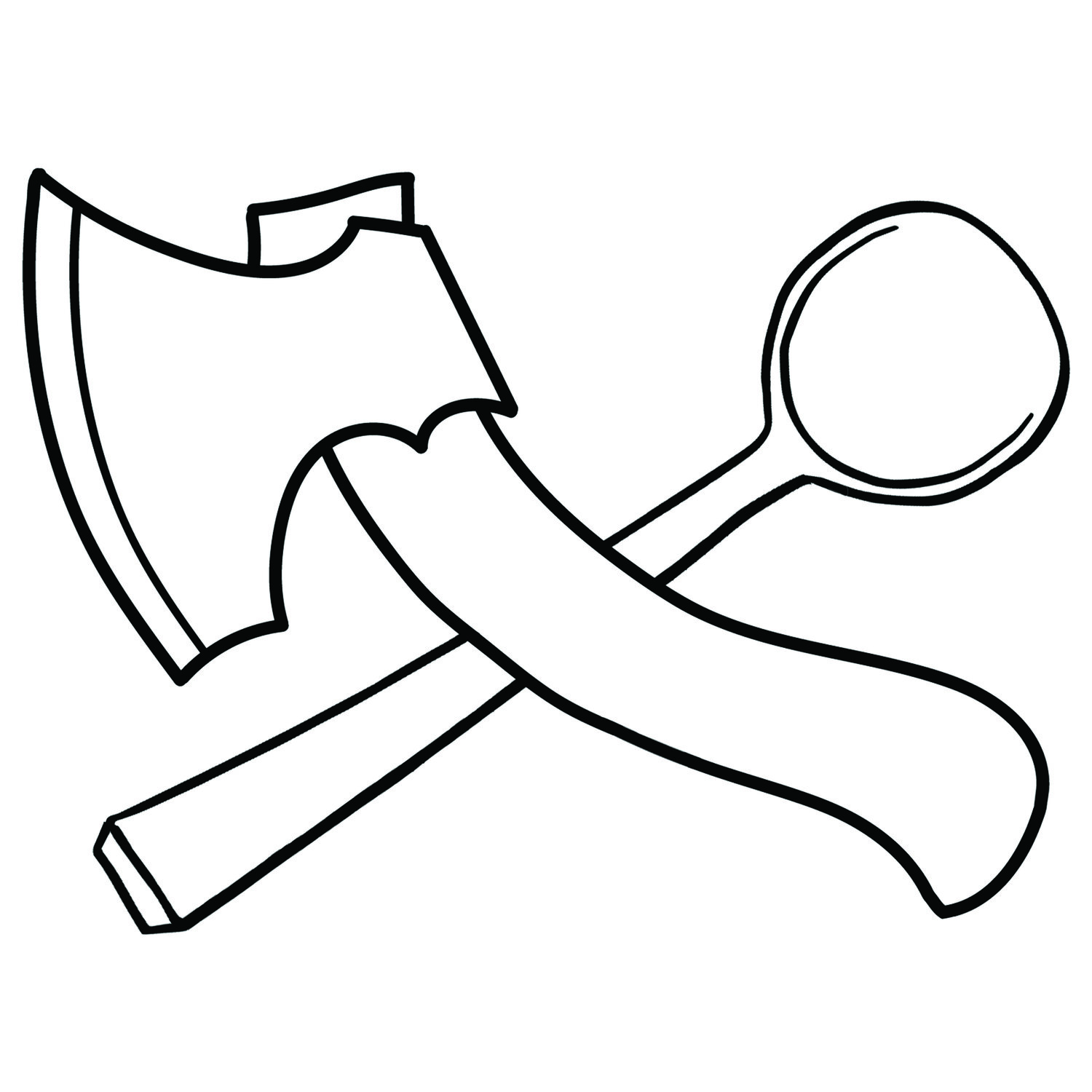Shapes and Fibres
A walnut ladle carved from a bent branch and the tools being used to shape it.
All the wood I use comes from urban trees. They get cut down due to damage, disease or circumstance. I collaborate with tree surgeons to make use of these trees. Otherwise they would be chipped or turned into firewood.
Due to the nature of safely felling a tree in an urban environment, I don't always get the material that has grown into interesting shapes. For tree surgeons, 'interesting' shapes are unpredictable, dangerous, and end up reduced into more uniform rounds.
So most of my carving material ends up being straight rounds of wood. The great thing is it's predicable. It's easy to tell what's going on inside that kind of log. The downside is I miss out on letting form follow fibre.
With straight wood I'm a step further away from working as closely as I can with the tree itself. A fully grown tree will have dozens of sections where the fibres have grown into shapes perfect for ladles, chair legs, ships knees, coat hooks and countless other uses. When the fibres are already the shape I need, the work requires less effort. The final piece can be both thinner and stronger.
The difficulty is finding the right shapes. Not every bend in a branch will work. Some will have knots in awkward places. Others will have twists as well as bends. But the right piece will be out there. And finding it becomes part of the craft.
Recently I had the good fortune to walk through a woodland that had been thinned and the whole trees left on the ground, ready to be processed into firewood. Climbing through the horizontal crown of a tree, stepping onto still springy branches, hunting for the perfect shapes.
That search adds an extra dimension to the craft. A dimension that is often missing for me.

